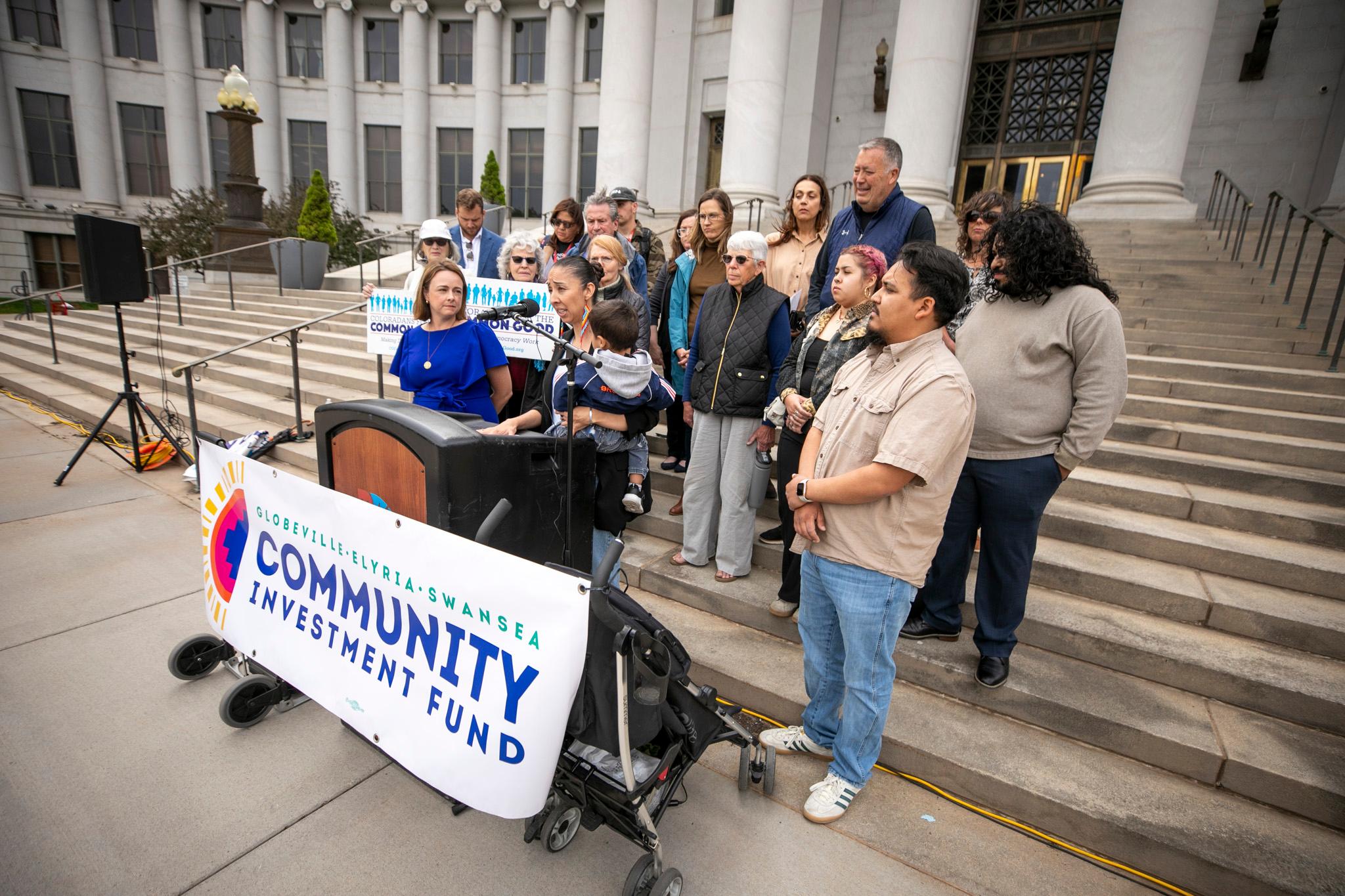By Keith Ridler, Associated Press
BOISE, Idaho — Federal officials on Monday released an ambitious wildfire-fighting and restoration plan to protect a wide swath of sagebrush country in much of the West that supports cattle ranching and is home to an imperiled bird.
The 139-page plan is a how-to guide that follows Interior Secretary Sally Jewell's five-page secretarial order in early 2015 calling for a "science-based" approach to safeguard the greater sage grouse bird while contending with fires that have been especially destructive in the Great Basin.

The Interior Department plan also identifies knowledge gaps as scientists try to find the best approach to restore and protect some 500,000 square miles of sagebrush steppe.
Sage grouse numbers have plummeted in recent decades and the federal government has been working to protect key habitat to avoid an Endangered Species Act listing. The U.S. Fish and Wildlife Service will review the bird's status within five years.
The plan is "a moon shot for the sagebrush steppe ecosystem in terms of getting as much science done quickly enough to have an impact," said John Freemuth, a public lands policy expert and Boise State University professor. "This is the biggest systemic effort to learn more about those ecosystems than we've ever seen."
Jewell's 2015 order is generally considered by public lands experts, outdoor enthusiasts and scientists as one of the most significant federal land policy changes in some 80 years.
It directed federal resources for the first time to fight massive blazes in open sagebrush steppe habitat that supports cattle ranching, recreation and some 350 species of wildlife, including sage grouse.
The ground-dwelling, chicken-sized birds are found in 11 Western states, where between 200,000 to 500,000 remain, down from a peak population of about 16 million. The males are known for their strutting courtship ritual on breeding grounds called leks, and produce a bubble-type sound from a pair of inflated air sacks on their necks.
Perhaps the more challenging part of the protection effort has been trying to understand the dynamics of what is sometimes called the "sagebrush sea" to find the best strategy to make areas resilient to wildfires and figure out how best to restore areas that do burn.
"With so much at stake, both ecologically and economically, we are committed to the plan's successful implementation and continued collaboration with states, scientists, resource managers, western communities, ranchers and farmers," Jewell said in a statement.
The plan, called The Integrated Rangeland Fire Management Strategy Actionable Science Plan, has what it calls 37 priority science needs to fill knowledge gaps.
Those are put in five groups that include fire, invasive plants, restoration, sagebrush and greater sage-grouse, and climate and weather.
The plan is being led jointly by the U.S. Geological Survey and U.S. Forest Service.
"Balancing conservation with agricultural demands is no easy task," said Agriculture Secretary Tom Vilsack in a statement. "The decisions Western farmers and ranchers and other private landowners make every day about what to do on their land have a critical impact on sage-grouse."
The plan identifies one of the toughest problems as cheatgrass, an invasive, fire-prone grass-like weed species described in the plan as "the primary invasive threat to the sagebrush ecosystem."
The plan aims to examine biological solutions, such as a fungus that has had success in limiting the spread of cheatgrass, and targeted grazing, which allows ranchers to put cattle into specific areas at specific times to eat back cheatgrass while it's edible and before it dries out and becomes a fire hazard.











